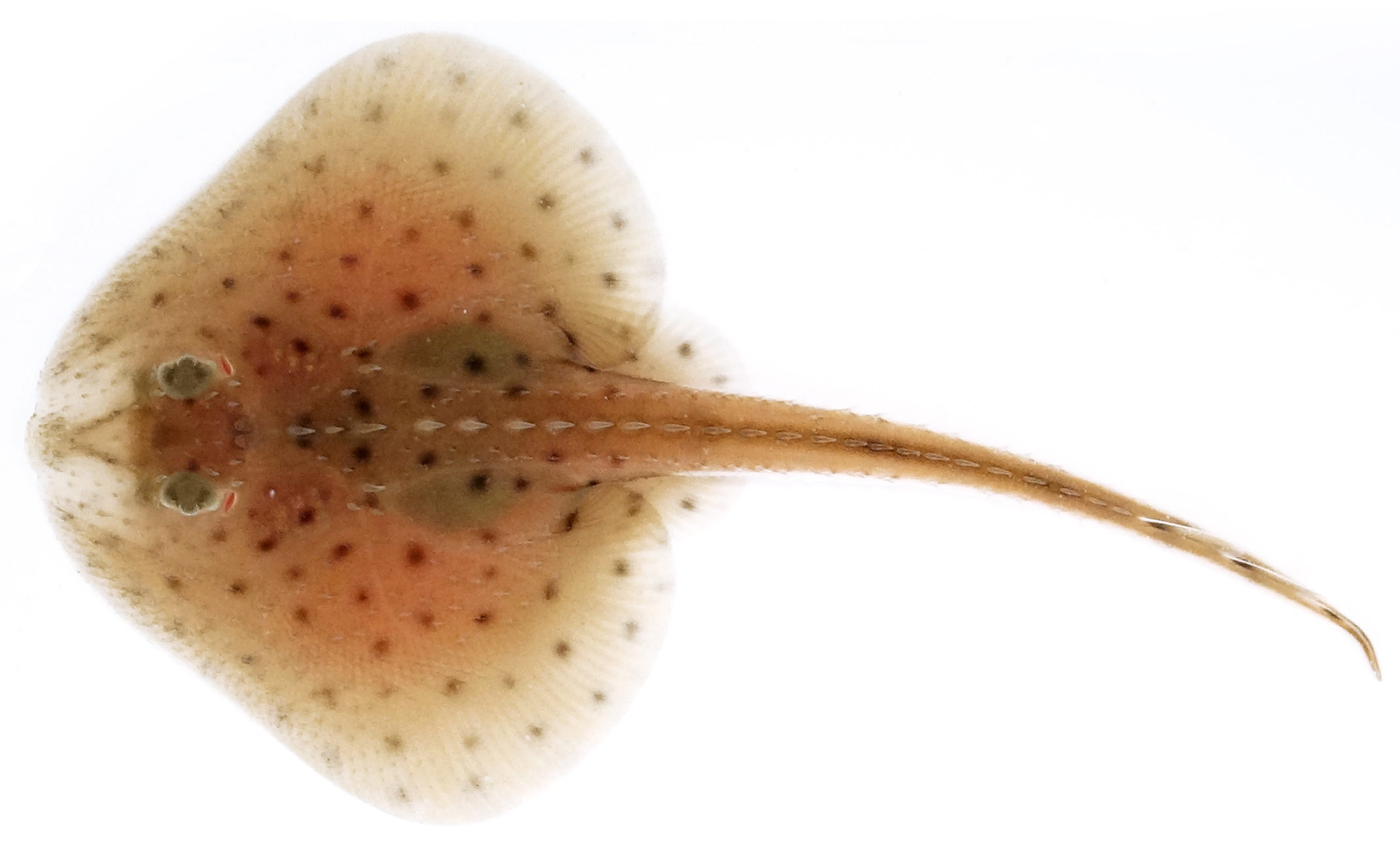A Modern Answer for an Age-Old Question: How Did the Jaw Evolve?

By Emily Greenhalgh
WOODS HOLE, Mass. — How did the jaw evolve? It’s a question that evolutionary biologists have pondered for centuries. The most popular theory has long been that vertebrate jaws evolved from gill arches in the vertebrate skeletal system, but recently another theory—that jaws evolved separately and independently from gills—has gained traction in the scientific community. To shed light on this question, scientists from the J. Andrew Gillis Lab used RNA sequencing to trace the genes associated with jaw development in skates (Leucoraja erinacea).
 Little skate (Leucoraja erinacea). Credit: J. Andrew Gillis
Little skate (Leucoraja erinacea). Credit: J. Andrew Gillis“A lot of what we get excited about is when we can re-investigate scientific ideas that are over a century old and breathe new life into them from a genetic or molecular angle,” says Gillis, Marine Biological Laboratory Whitman Center Scientist from the University of Cambridge and incoming MBL scientist. This study allowed them to find “a genetic explanation for an anatomical pattern that was recognized over a century ago,” he said.
The research, which supported the long-standing theory that jaws evolved from gills, was published in Molecular Biology and Evolution.
In the developing skate embryo, the structures that give rise to jaws and gill arches look almost identical. They develop in similar shapes and they express many of the same genes during development.
“We basically found a molecular blueprint that is shared by jaws and gills to…establish these different regions of the skeleton,” says Gillis. “It all lends support to the classical model of jaws and gills being based on a common ground plan.”
“The evolution of the jaw is a long-standing question and various models have been put forward to answer that question throughout evolutionary biology as a field, but this project revisited a classical one of these hypotheses,” says Christine Hirschberger, first author on the paper and former Ph.D. student in the Gillis Lab. “I think it’s another piece in the puzzle that hasn’t been looked at before.”
That’s not to say that gill arches and jaws are identical. In tracing these gene pathways, the researchers found an “overwhelmingly shared and common molecular blueprint,” says Gillis, but they also found genes that were expressed in the gill arches and not in the jaws, and vice versa. Most of these different genes seemed related to differences in their anatomical features (for example, gills). Those genes will be the topic of future research, said Gillis and Hirschberger.
Skates are cartilaginous—their body structure is made of cartilage, not bones like humans. Skates diverged from bony fish about 450 million years ago. By comparing the development of skates and other cartilaginous fish to that of bony fish, scientists hope to learn about common ancestors of all jawed vertebrates.
“Since skates have a relatively simple jaw and gill arch skeleton, we can easily associate embryonic gene expression patterns with their final skeletal anatomy,” says Gillis.
All of the skates involved in this research came from the MBL and all of the collection of embryos for gene expression analysis was done at the MBL. Lab work was performed at the University of Cambridge in the U.K.
Citation:
Christine Hirschberger, V. A. Sleight, K. E. Criswell, S. J. Clark, J. A. Gillis (2021) Conserved and unique transcriptional features of pharyngeal arches in the skate (Leucoraja erinacea) and evolution of the jaw. Molecular Biology and Evolution, doi.org/10.1093/molbev/msab123